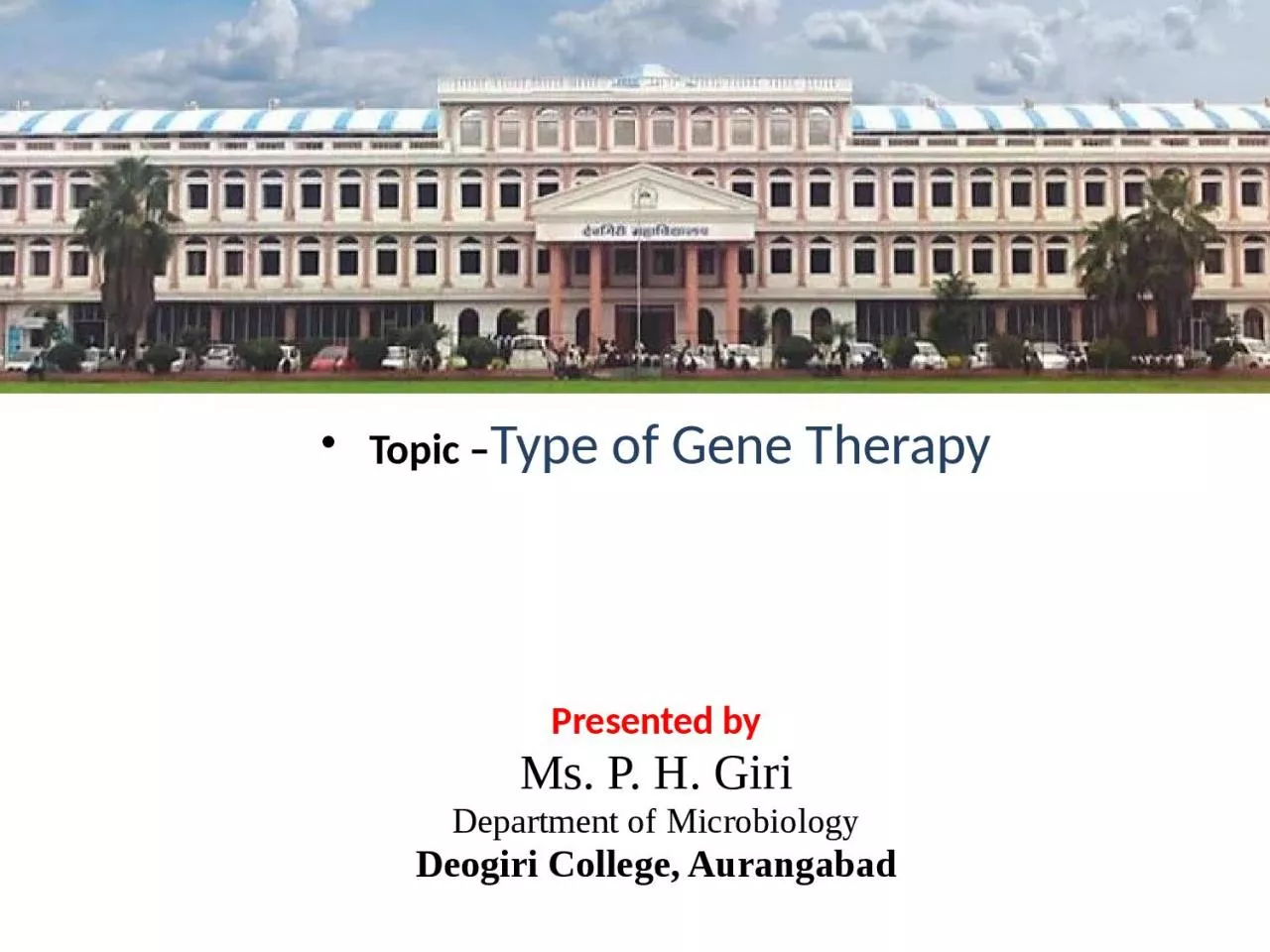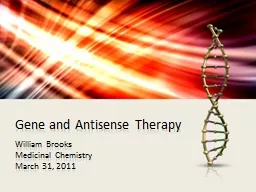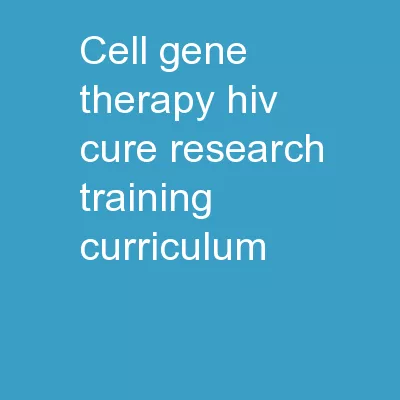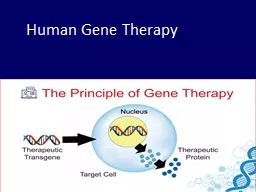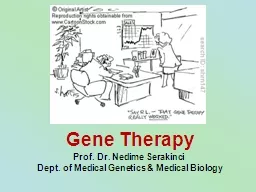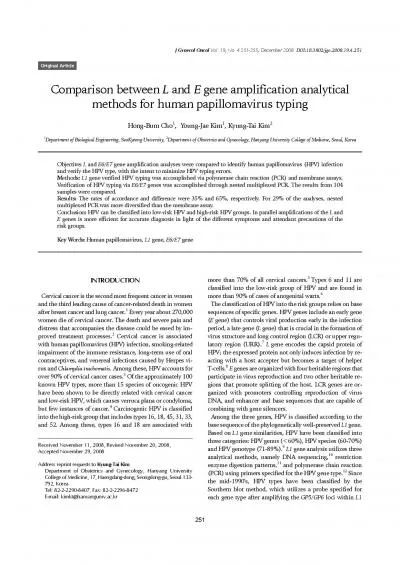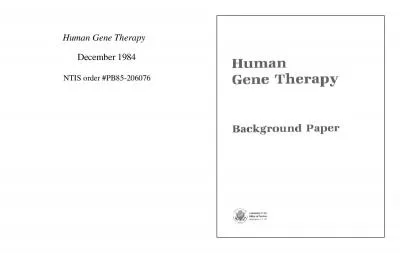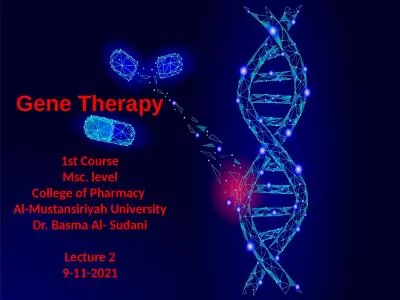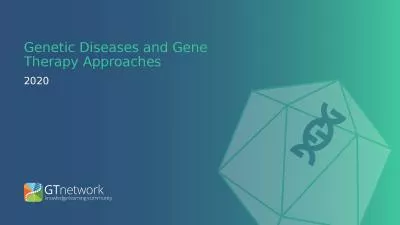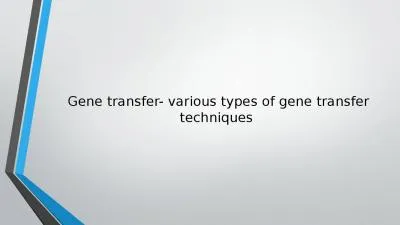PPT-Topic – Type of Gene Therapy
Author : Tigerwoods | Published Date : 2022-08-04
Presented by Ms P H Giri Department of Microbiology Deogiri College Aurangabad Ms Priyanka H Giri BSc T Y Semester VI Paper No XIX Recombinant DNA Technology
Presentation Embed Code
Download Presentation
Download Presentation The PPT/PDF document "Topic – Type of Gene Therapy" is the property of its rightful owner. Permission is granted to download and print the materials on this website for personal, non-commercial use only, and to display it on your personal computer provided you do not modify the materials and that you retain all copyright notices contained in the materials. By downloading content from our website, you accept the terms of this agreement.
Topic – Type of Gene Therapy: Transcript
Download Rules Of Document
"Topic – Type of Gene Therapy"The content belongs to its owner. You may download and print it for personal use, without modification, and keep all copyright notices. By downloading, you agree to these terms.
Related Documents

